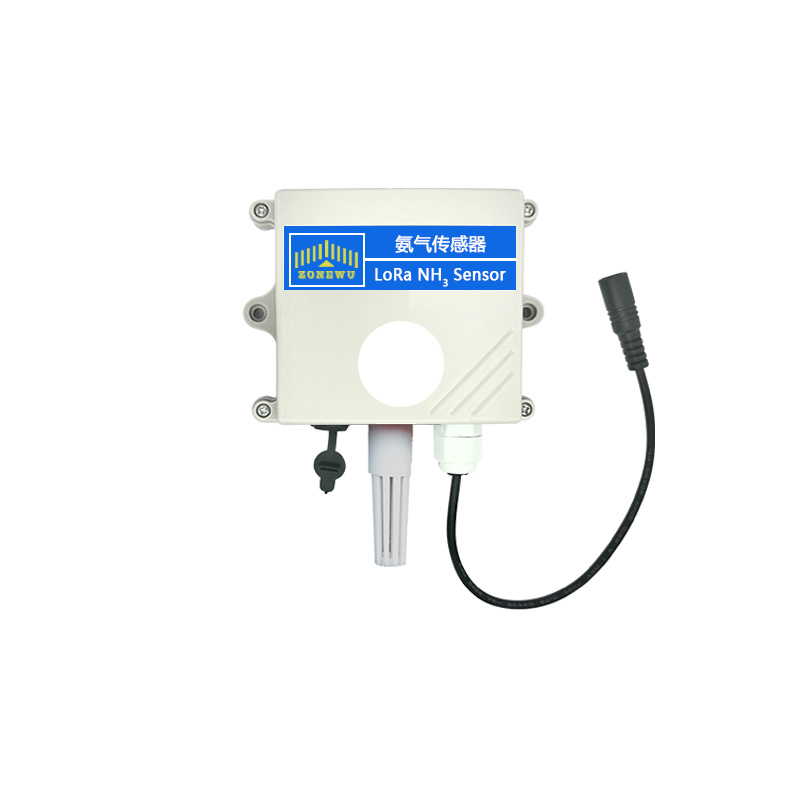With the rapid development of internet of Things (IoT) technology, remote environment monitoring has become an important demand in fields such as industry, agriculture, and urban management. Ammonia (NH3) as a common harmful gas, the concentration monitoring in places such as farms, chemical plants, and garbage disposal stations is of great importance. The LoRa NH3 sensor combines advanced ammonia detection technology and long-distance low-power communication capabilities, providing an efficient solution for environmental monitoring.

How the LoRa NH3 Sensor Works
Ammonia Gas Detection Technology
Modern LoRa NH3 sensors usually use one of the following detection techniques:
LoRa Communication Technology
LoRa (Long Range) is a low-power wide-area network (LPWAN) technology with the following characteristics:
The Core Advantages of The LoRa NH3 Sensor
1.Remote monitoring capability: No need for wiring, can be deployed in a wide area
2.Low power consumption design: Suitable for long-term monitoring in places without power supply
3.Real-time data feedback: Real-time data upload through LoRaWAN network
4.Multi-parameter monitoring: High-end models can simultaneously monitor environmental parameters such as temperature and humidity.
5.Easy to deploy: Plug and play, quick network setup
Typical Application Scenarios
1.Smart Agriculture
2.Industrial Safety
3.Urban Environment
Comparison of mainstream LoRa NH3 sensors in the market
| Model | Detection Range | Accuracy | Operating Temperature | Protection Class | Additional features |
|
A Company NS-200 |
0-100ppm | ±3% | -20~50°C | IP65 | Temperature and humidity monitoring |
|
B Company NH3-LR |
0-500ppm | ±5% | -40~60°C | IP67 | Explosion-proof design |
|
C Company Ammonia Sense |
0-50ppm | ±2% | -10~45°C | IP54 | Data recording |
Deployment and Maintenance Recommendations
1.Installation location selection: Avoid direct sunlight and areas with strong airflow
2.Calibration cycle: It is recommended to perform a professional calibration every 6-12 months
3.Network planning: Reasonably arrange LoRa gateways according to the terrain
4.Data Management: Combine cloud platform for data analysis and alarm setting
5.Power management: Regularly check the battery status (e.g., when using battery power)
Future development trend
1.Multi-gas detection: Integrate more harmful gas detection functions
2.AI Data Analysis: Combining machine learning to achieve more accurate early warning predictions
3.Self-powered technology: Using solar energy or energy harvesting technology
4.Edge computing: Perform preliminary data processing at the sensor end
5.5G Integration: Complementary to 5G networks to form a more complete monitoring system
The LoRa NH3 sensor is changing the traditional gas monitoring method with its unique advantages, providing more flexible and economical solutions for various industries. With the continuous progress of technology and the continuous reduction of costs, such equipment is expected to be applied in a wider range of fields, providing strong guarantees for environmental safety and personnel health. When choosing, enterprises should comprehensively consider factors such as specific application scenarios, precision requirements, and budget to achieve the best monitoring effect.